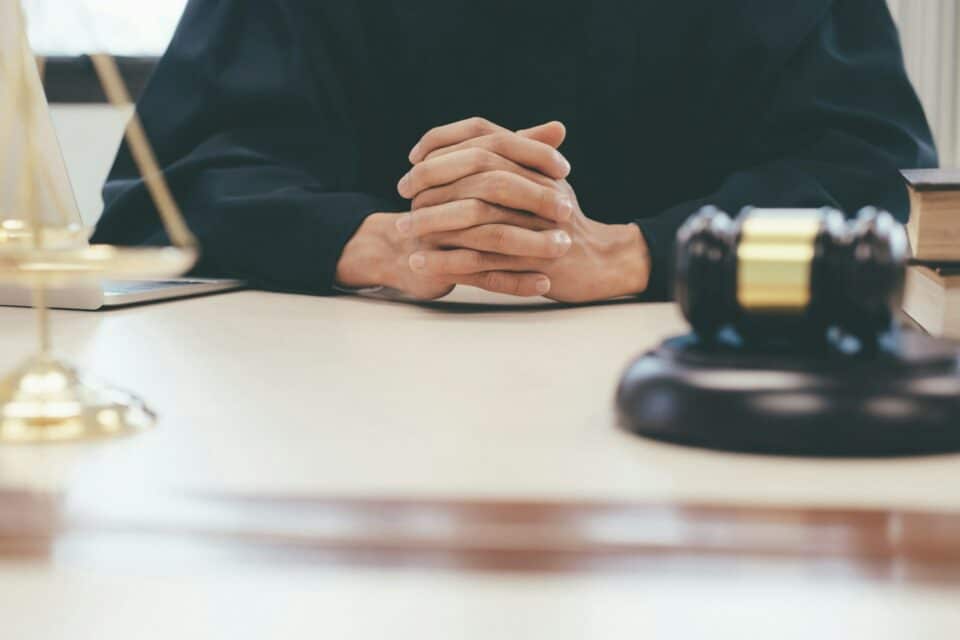Experiencing a bicycle accident can be frightening and overwhelming. In the bustling streets of Virginia Beach, where bikes often share space with vehicles, accidents can happen in the blink of an eye. Whether you’re a regular cyclist or a weekend adventurer, knowing what to do in the event of an accident can ease some of the stress and chaos that follows.
First and foremost, your safety is the priority. It’s important to check yourself and others for injuries immediately. Sometimes, adrenaline masks pain, so even if you feel fine, it’s wise to take a moment and assess the situation. Remember, staying calm can help you think more clearly and act wisely.
After ensuring everyone’s well-being, gathering information is crucial. Understanding how the accident unfolded can help in many ways down the road. Knowing what details are important to note can make a significant difference in how you proceed. Being prepared can help you feel more in control, ensuring you make informed decisions that protect you and your interests.
Check for Injuries and Call for Help
After a bicycle accident, the first step is always to check for injuries. Look yourself over carefully and take a moment to assess how you feel. If you or anyone else is hurt, call 911 immediately. Even minor injuries can be more serious than they look. If you’re not sure, it’s better to be safe and get medical attention.
Next, ensure that the accident scene is safe. Move yourself and others out of the way of traffic if possible. This helps prevent additional accidents, keeping everyone safer. But, if moving someone appears dangerous, wait for help. Always prioritize safety over anything else.
Once you’ve assessed the situation, make that all-important call. Getting the police involved might feel like a big step, but it’s crucial. They can help control the scene and provide necessary reports for insurance and other purposes.
Here’s a quick list of immediate steps you should take if injuries are present:
– Call 911 for emergency services, including police, and describe the situation.
– Assess if moving anyone could cause additional harm before doing so.
– Communicate clearly with first responders and explain the situation.
Gather Information from the Scene
Information is power, especially in tricky situations like bicycle accidents. Start by exchanging details with anyone else involved in the accident. This includes names, contact information, and insurance info if vehicles were involved.
Also, pay attention to your surroundings. Make sure to note down or remember important details. The weather, road conditions, and any objects that could have contributed to the accident can all be key pieces of information.
If there are witnesses, talk to them and ask for their contact information. Many people are willing to provide statements or serve as witnesses if asked.
Taking photos can also be incredibly helpful. Make sure to capture:
– Damage to bikes and any vehicles involved
– The overall scene, including street signs and traffic lights
– Any visible injuries
This kind of information can be invaluable later, should questions about the accident arise. It’s these details that paint a clearer picture of what happened, helping to clarify the situation when it’s needed most.
Documenting the Accident Scene
Taking the time to document the accident scene can make a big difference later. After ensuring everyone’s safety and gathering basic information, focus on capturing as much detail as possible. This is your opportunity to create a clear picture of what happened. Photos and notes will serve as valuable evidence if questions arise about the accident.
Begin by taking wide shots of the entire scene. Include the road, signals, and surrounding area. Make sure to capture any skid marks, debris, or damage to vehicles and bicycles. These details can help explain how the accident happened.
Close-up photos are just as important. Focus on specific damage. Capture images of injuries, significant scratches, or dents. These images will support any claims you need to make to insurance companies or in discussions with others involved.
Don’t forget to note weather, time, and date. Even document bystanders who witnessed the event or those who might help later on. Thoughtfully documenting the scene helps build a complete narrative that can be helpful in case of disputes.
Seeking Medical Attention and Following Up
Prompt medical attention is crucial after an accident, even if you feel just fine. Injuries like concussions or internal damage may not show immediate symptoms but can be serious. Visit a doctor or a hospital for evaluation as soon as possible. Medical professionals can detect hidden injuries and provide the right care early on.
Continue to monitor your health, especially in the days following the accident. Pay attention to unusual symptoms, like headaches, dizziness, or persistent pain. These might indicate an underlying issue that needs attention.
Moreover, follow all doctor’s instructions carefully. This includes taking prescribed medications or attending follow-up appointments. Keeping a record of all medical visits, treatments, and expenses is also important. This documentation supports any follow-up actions or claims you may need to pursue.
Conclusion
Being involved in a bicycle accident is unsettling, but knowing the steps to take afterward can make a world of difference. Whether it’s checking for injuries, gathering detailed information, or seeking medical help, each step contributes to ensuring your safety and protecting your rights. Virginia Beach is a lively place for cyclists, and being prepared for any mishaps is key to maintaining that freedom.
Remembering these steps isn’t just about what you do at the moment, but how you prepare and protect yourself in the future. Awareness and readiness are your best companions on the road. Whether you cycle often or just occasionally, knowing what to do in an accident is empowering.
If you’ve been involved in a bicycle accident in Virginia Beach and need expert guidance, don’t hesitate. Contact Barney Injury Law to discuss your situation and explore how we can assist. We’re here to support you, every step of the way.



